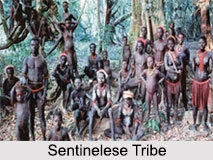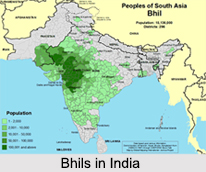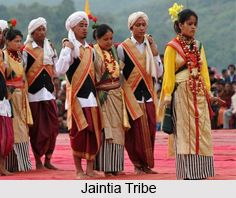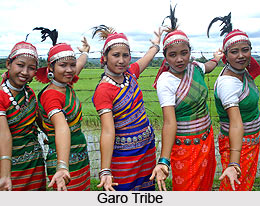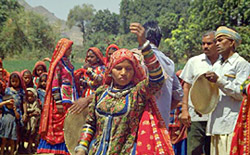Kacha Naga tribe comprises of Liangmei and Zeme tribes. Although later these two liked to identify themselves in their original names, in the list of schedule tribes of Indian Constitution, they are known as Kacha Naga.
The Kacha Naga tribes of Manipur have etymological significance. The term Kacha Naga has been derived from an Angami word `Ketsa` which means dense forest. The popular legend is that a foreigner after arriving in the near by Nagaland region asked the native people pointing towards the Liangmei and Zeme area, whether any one lived beyond the thick forest region, `kesta`. Since then, the people living in the adjoining areas referred the inhabitants of Kesta region as `Ketsa Naga`.
Later they were identified as `Kacha Naga.` Another story is also popular amongst these tribes. They believe that their ancestors had come down from a place known as Ramting Kabin. It is fine passageway in between `the earth and sky`, which in the end can lead to a cave. This cave is situated in the Mao-Maram region of the Senapati district of Manipur. After coming down from there, they had settled down in Chawang Phungning , later became popular as Makuilongdi. Makuilongdi is situated in the western region of the same district. These Kesta Naga tribes easily attract people by their identifiable features like fair complexion, long head, tender physique and medium height.
Like any other tribes, these Kacha Nagas take up the profession of agriculture, mainly living in `pile dwelling houses` having thatched roofs. If their population increases, they do not live in one village only. They used to leave that village and form new villages. A person is also chosen from them as the head `Nampthou` of the village.
These Kacha Naga tribes are very religious minded. Before the establishment of a new village they used to perform several rites. In fact the d‚cor of the newly formed village is being done with lots of care and reverence. First of all, they appease the invisible power of the spirits so that no harm is caused on them. In the entrance, a temporary gate also is created. After that, village gate, Kareng, was built just facing the direction from where the people entered.
There is also a necklace `Talui Tiuriang`, an important item for the new settlement ritual. Loss of the necklace by theft, force or any cause is thought to bring harm to the whole village and its people and therefore, it is conserved in the in safe custody of the village leader.
The leader and its council known as the Apaiki and is bestowed upon the responsibility of carrying out better administration. Post is hereditary. Only age and seniority in the clan is the main criteria for membership. Next to the chief is Nangpen. The village council settles all disputes by imposing penalty to the culprits.
Within the villages, there is a separate place for animal sacrifice. This is somewhere in the central part of the village. This place becomes the village shrine and is known as Sangbam. For a newly formed village, fire is not brought from outside. Instead it is made locally. A dry bamboo piece is rubbed against a particular piece of wood called Magang and thus the fire so produced is then given to every village households.
Separate dormitories are made for young Kacha Naga boys and girls. Male dorms are called Khangchiu. It becomes a hub of teaching moral discipline and other training in handiworks like basket making, wooden craft etc. The dorms for girls are known as Liuchiu. Here, the girls impart voluntary services like collection of firewood and water for the poor and desolate widows. They are also taught trading skills like spinning, weaving etc.
Festivals are part of Kacha Naga tribes. Another body, namely Khangkiang Phoum fixes the time for religious festivals whose so-called head; Tingku announces festival time to the tribes. Also, in the early days of every New Year, the leader performs a community offering to the spirit of the corns seeking plentiful harvests. During festive seasons, huge game playing, exchange of valuable gifts, and also animal killings like python, bear, wild pigs, etc are being revered in great valor. In fact, celebration of these occasions prohibits all the village males from going out of the village. However, with the coming of Christianity, quite a few Kacha Naga tribes adopted the religion, thereby discarding these traditional beliefs and life style.

















